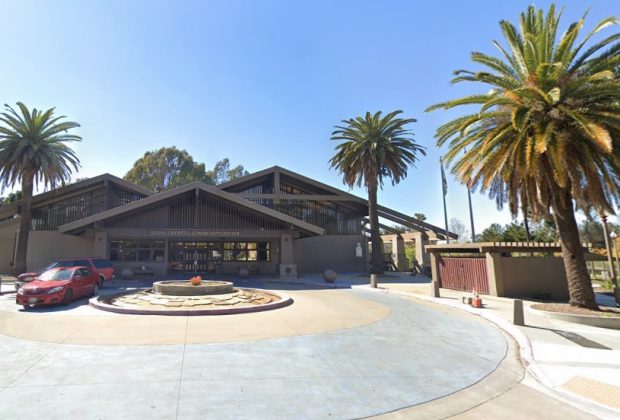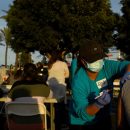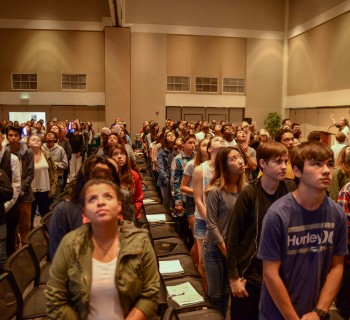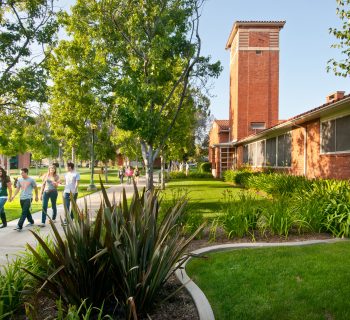With Long Beach’s Latino population continuing to grow — now representing about 43% of residents, according to the U.S. Census Bureau — the city could soon consider establishing a dedicated cultural district for the community.
The City Council at its Tuesday, March 2, meeting will consider whether to direct the city manager to look into the feasibility of and potential financing options for a concept spearheaded by the nonprofit Latino advocacy group Centro CHA. That concept is called El Mercado de Long Beach. Councilwoman Mary Zendejas introduced the item she and her colleagues will take up next week, asking that Long Beach look at possibly developing something like the advocacy group’s idea.
The idea, Centro CHA Executive Director Jessica Quintana said in a Friday, Feb. 26, phone interview, would be to build out the area around Cesar E. Chavez Park, just west of downtown, into a district that would include restaurants, grocery stores, retail shops, housing, entertainment, art and social services run by and for the Latino community.
While the idea has been around for years, Quintana said, the coronavirus pandemic and its impact on the Latino community in particular has made this type of project even more urgent.
“A lot of Latinos work in retail, food, the performing arts, and it’s critical now with the pandemic,” she said, “that we address this as a piece of economic Latino equity and really look at a long-term recovery plan, because it’s going to take a long time for our community to recover from this pandemic.”
In addition to the restaurants and shops typical of any cultural district, Quintana said, it will be just as important for a Long Beach Latino cultural district to include health care centers and workshops that could address issues that have hit the community especially hard over the last year, such as food insecurity.
Quintana’s group does not yet have a sense of how big the cultural district could be, she said, though that’s one aspect of the project that would be addressed with the city’s feasibility study.
What Quintana does know, she said, is that a Latino cultural district would not just be a boon for Latinos but also for the city as a whole; Quintana mentioned similar areas that have become popular tourist destinations elsewhere, like Olvera Street in downtown Los Angeles or Plaza de la Raza in East LA.
“It would help stimulate our own business development and entrepreneurs,” she said, “but it would also be an attraction for people as they come to the city. It would be a place where people can go and get food and have a Latino experience.”






